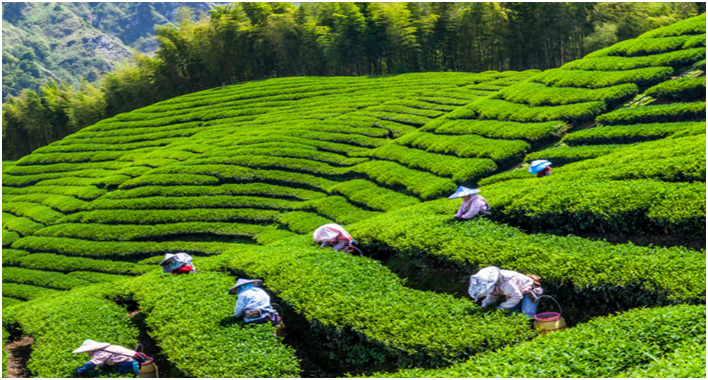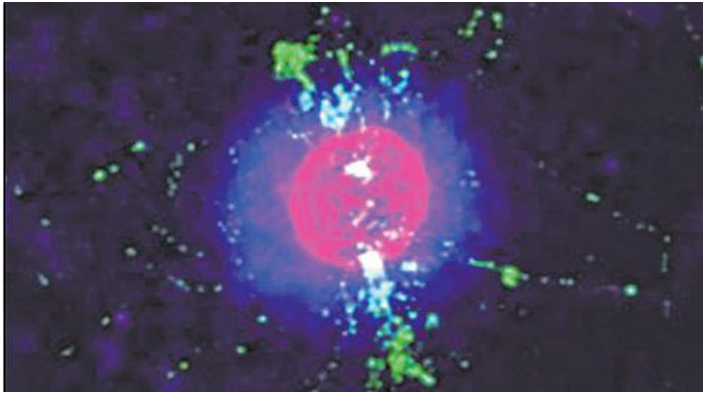Lifetime perks for former CJIs, SC judges (GS Paper 2, Judiciary)

Why in news?
- Recently, the Centre amended the Supreme Court Judges Rules to provide chauffeurs and domestic help for retired Chief Justices of India and Supreme Court judges for their entire lifetime.
Details:
- Retired CJIs would also get secretarial assistants.
- The staff would be paid the salary and allowances of regular employees of the Supreme Court.
- The first series of amendments in the Rules had allowed retired Chief Justices of India and Supreme Court judges chauffeurs, secretarial assistants and security cover only for a year. There was no mention of “domestic help”, who would be an employee in the level of junior court assistant.
Key Highlights:
- The benefit of 24-four hour security cover has been extended to five years for retired Chief Justices and three years for retired judges of the Supreme Court. The judiciary had recently raised concerns about attacks on judges.
- Besides, former CJIs and retired judges of the top court can get their monthly mobile phone and Internet bills reimbursed to the extent of Rs. 4,200.
- A retired CJI is also entitled to a rent-free Type VII accommodation, other than the designated official residence, in New Delhi for six months immediately after retirement.
- The amended Rules mandate that retired Chief Justices and judges should be extendedcourtesies as per protocol at ceremonial lounges of airports.
Condition applied:
- However said these post-retirement benefits would be available only if the retirees were not getting similar facilities from any High Court or government body.
- The government is one of the biggest litigants in the Supreme Court.
- There has been public debate on whether post-retirement benefits dangled by the government could influence the judicial work of serving judges.
Taiwan looking at 'tea culture' to boost cultural ties with India
(GS Paper 2, International Relation)
Why in news?
- Taiwan is looking at using its ‘tea culture’ as a new source of soft power diplomacy to boost cultural and people-to-people connect with India's Northeastern region.
- Taiwan produces distinctive varieties of tea and the common tea culture between the two countries can act as a catalyst to deepen bilateral cultural ties.

‘Chai peCharcha with Taiwan’:
- ‘Chai peCharcha with Taiwan’ which was attended by Taiwanese tea experts, diplomats, India entrepreneurs in the tea industry, academics and a group of students from Taiwan.
- The initiative to enhance cultural ties between the two countries comes amid escalating tensions between Taiwan and China following US House Speaker Nancy Pelosi's recent visit to the self-governing island.
‘Wisdom Tea Platform’:
- Currently, a team of students and experts in tea processing from Taiwan's National Chung Hsing University is visiting India.
- The university, one of oldest and largest educational institutions in Taiwan, started the 'Wisdom Tea Platform' for promoting tea research and collaboration between industries and academics.
- The platform organised a series of workshops and events promoting tea and developing tea-related products.
- It also provided courses for students and the general public to learn about tea culture in Taiwan. It also trains tea masters for promoting tea art and helping industries improve their products.
What’s next?
- Under the 'Wisdom Tea' initiative, Taiwan is now exploring ways to boost people-to-people connect with India.
- It has already established contact with Tea Board of India and Tocklai Tea Research Institute in Assam.
- This is the first time in history Taiwanese students learning tea processing in India, and first time Taiwanese tea experts working in India since the introduction of Assam tea to Taiwan a century ago.
Delhi's first school to prepare students for armed forces
(GS Paper 2, Education)
Why in news?
- Recently, the Delhi Chief Minister inaugurated the city's first school which will prepare students for the armed forces.
- The Shaheed Bhagat Singh Armed Forces Preparatory School at Jharoda Kalan in Najafgarh currently has 175 students.

Salient features:
- The state-of-the-art school has an exclusive services preparatory wing to inculcate officer-like qualities (OLQs) in students through individual and group tasks, mock interviews, psychometric tests and personality development workshops.
- It has a free hostel facility with cadet mess for boys and girls and is part of the Delhi government's School of Specialised Excellence and affiliated to the Delhi Board of School Education.
- It is open to all Delhi residents and students can take admission in Classes 9 and Class 11.
- The school also offers extensive preparation (academic and service preparatory) for students aspiring to join the NDA/Naval Academy and other Uniformed Services.
Admission process:
- The school has a three-stage admission process -- aptitude test, physical endurance tests, psychometric tests and a medical fitness test in the third stage.
- The school will also invite the experts like retired and serving officers of the Armed Forces to coach students.
Fruit fly: novel method to study nuclear matrix
(GS Paper 3, Science and Tech)
Why in news?
- Recently, a group of researchers from CSIR-Centre for Cellular and Molecular Biology, Hyderabad (CCMB) and Tata Institute for Genetics and Society, Bengaluru (TIGS), have established a way of studying the nuclear matrix of the fruit fly (Drosophila melanogaster) without removing the nucleus from the embryo.
- This allows comparative study of nuclear matrix in different cells within the embryo, giving a boost for fruit fly genetics.

Nuclear matrix:
- Every cell that makes up an organism contains a copy of its genome. This genome is packaged in special ways with the help of a structure known as the nuclear matrix.
- The nuclear matrix gives an organisation and architecture to the nucleus.
- A familiar figure, the nuclear matrix of fruit flies, for instance, has been studied for many years, mainly by isolating it in nuclei that have been taken out from fruit fly embryos.
Studying the nuclear matrix:
- Analogous to the building, the nuclear matrix creates the architecture in which the genome is packaged.
- The genome is in the nucleus, embedded and protected by the jelly-like nuclear matrix. This is a dynamic material providing access for the regulation of different genes in different cells.
- Studying the nuclear matrix is, therefore, very important to get a better picture of how precisely development progresses every time a new individual is born.
Example of proteases(packaging of genomes):
- Human have 220 different types of cells in the body, but all contain identical genomes. To give an example that justifies the different way in which the genome is folded and packaged in different types of cell, consider proteases.
- These are enzymes that digest proteins and are active in the intestine. The intestine contains a lining that prevents these enzymes from digesting the proteins present there, thereby protecting the intestine. The same are found in the brain cells also.
- If they were allowed to be active, they would digest the brain cells which do not have the protective epithelium, and that would be disastrous.
- So, the genome, despite carrying all the genetic material, is packaged such that some genetic material is hidden in such a way that it is never seen by transcription machinery.
NuMat preparation:
- The researchers collect embryos which are between zero and 16 hours old. They make, for the first time, the in situ nuclear matrix preparation using this entire collection of embryos. Then, they image them.
- Some are in very early developmental stages, where they are made up of nuclei only, or just making a mono layer of nuclei across the embryos or have gone through differentiation. The array is made available in one preparation.
What’s next?
- This method opens the whole field of Drosophila genetics to study nuclear organisation or nuclear architecture using genetic and cell biology approaches, which was limited earlier only to biochemical approaches.





